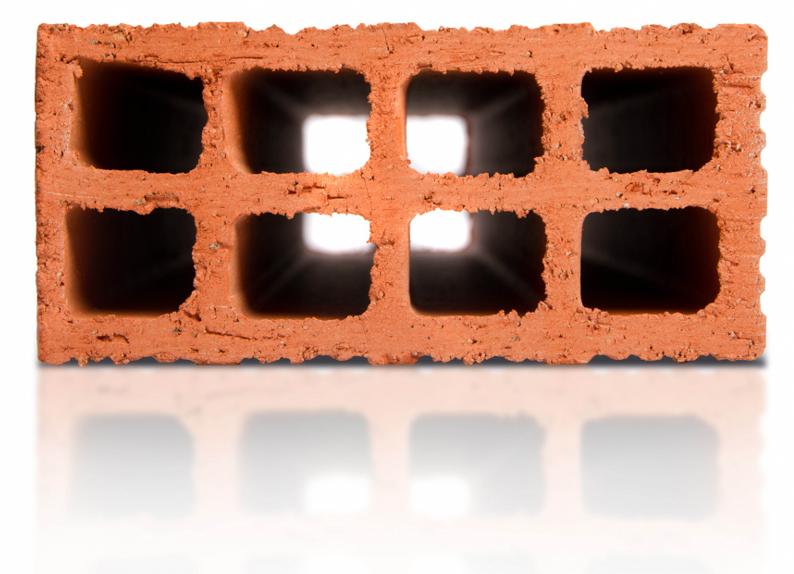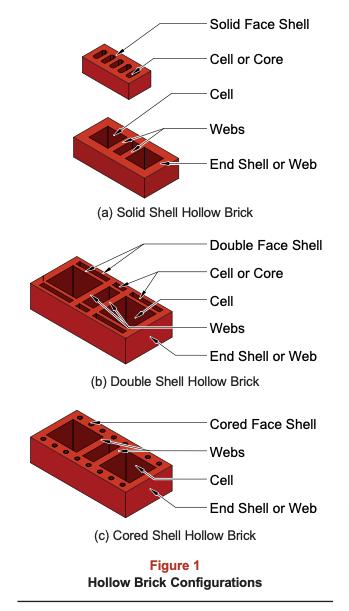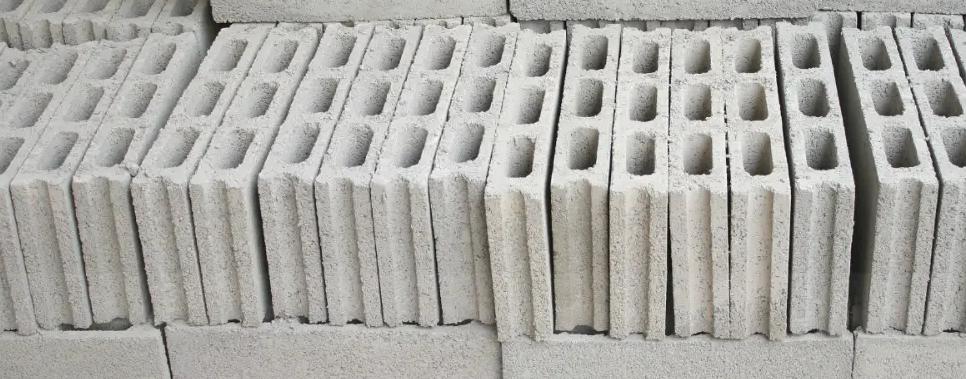




Table of Contents
- Introduction
- What Are Hollow Bricks?
- Difference Between Hollow Bricks and Traditional Bricks
- Advantages of Hollow Bricks
- Disadvantages of Hollow Bricks
- Conclusion
- Faq's
Introduction
Hollow bricks are an innovative alternative to traditional solid bricks in the construction industry. Designed with cavities inside, these bricks are lighter, more energy-efficient, and environmentally friendly. They are commonly used in residential and commercial buildings due to their superior insulation and cost-saving benefits. But how do they compare to regular bricks, and why should you consider using them? Let's explore their key features, advantages, and applications.

What Are Hollow Bricks?
Hollow bricks are clay or concrete blocks with hollow spaces inside. These spaces reduce the overall weight of the brick while improving its thermal and sound insulation properties. Available in different sizes and designs, hollow bricks are widely used for non-load-bearing walls and partitions in buildings.

Difference Between Hollow Bricks and Traditional Bricks
| Feature | Hollow Bricks | Traditional Bricks |
| Weight | Lighter due to cavities | Heavier and denser |
| Strength | Suitable for partitions & non-load-bearing walls | Stronger for load-bearing structures |
| Thermal Insulation | High insulation, reducing heat transfer | Low insulation, allowing heat transfer |
| Sound Insulation | Better soundproofing | Limited noise reduction |
| Cost | Lower overall construction cost | Higher due to material and labor |
| Eco-Friendliness | Sustainable, requires less raw material | More resource-intensive |
| Construction Time | Faster installation due to lightweight | Slower due to heavier weight |
Advantages of Hollow Bricks
- Lightweight Construction: Hollow bricks are nearly 30% lighter than traditional bricks, making them easier to handle and reducing structural load.
- Better Insulation: The air pockets inside hollow bricks act as natural insulators, keeping interiors cooler in summer and warmer in winter.
- Cost-Effective: Reduced weight lowers transportation costs, and their insulation properties help save on electricity bills by minimizing heating and cooling needs.
- Eco-Friendly: Made from recycled materials and requiring less energy to produce, hollow bricks are a sustainable building solution.
- Improved Soundproofing: Their design helps absorb sound waves, making them ideal for residential and commercial buildings in noisy environments.
- Faster Construction: Due to their lightweight nature, construction with hollow bricks is quicker, reducing labor costs and time.
Disadvantages of Hollow Bricks
- Lower Load-Bearing Capacity: Hollow bricks are not suitable for structural walls and require reinforcement in certain applications.
- Water Absorption: Some hollow bricks have higher porosity, which may lead to water seepage if not properly treated.
- Specialized Labor Requirement: Workers need proper training to handle and install hollow bricks effectively.
Conclusion
Hollow bricks are an excellent alternative to traditional bricks, offering multiple benefits, including lightweight construction, cost efficiency, energy savings, and sustainability. However, they are not suitable for all types of structures. If you're considering using hollow bricks, understanding their advantages and limitations will help you make an informed decision.

explore further
Latest from Did you know?
More from Interactions
Resources
Dwello, for every home buyer, is a way to go from 'I feel' to 'I know', at no extra cost.




